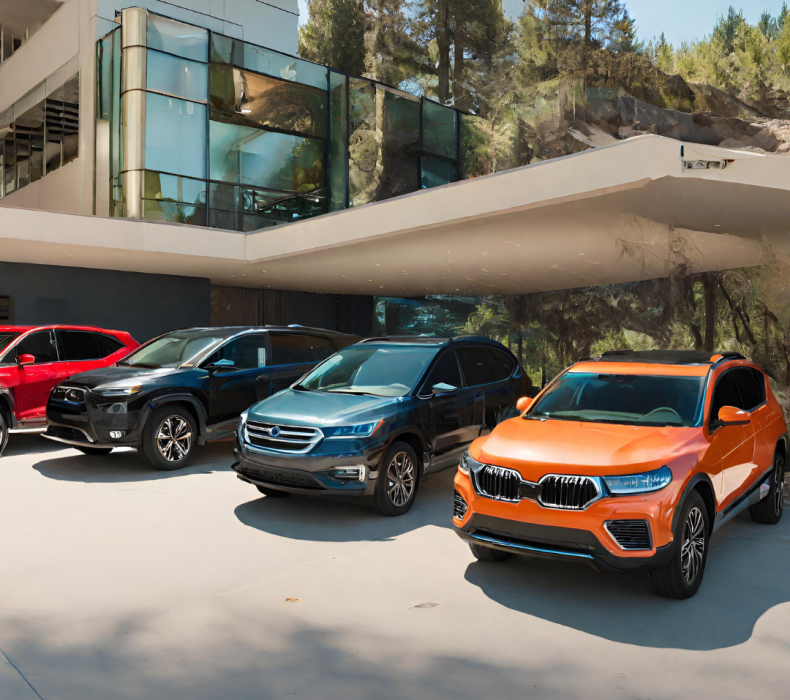While the distinction between unibody and body-on-frame construction was once a clear marker of the difference between crossovers and SUVs, modern automotive engineering has blurred this line. Some crossovers now incorporate elements of body-on-frame construction for increased durability and off-road capability, while some SUVs adopt unibody construction for improved fuel efficiency and on-road performance. Therefore, while construction type is a factor to consider, it’s not the sole determinant in distinguishing between SUVs and crossovers.
- Unibody Construction (Crossovers):
- Crossovers typically feature a unibody construction, where the body and frame are integrated into a single structure. This design provides advantages in terms of handling, fuel efficiency, and ride comfort.
- Unibody construction tends to result in a lighter overall vehicle weight compared to body-on-frame, which can contribute to better fuel economy.
- Crossovers with unibody construction often prioritize on-road performance and comfort over off-road capability. They are designed to handle more like cars, offering smoother rides and better handling characteristics.
- Body-on-Frame Construction (SUVs):
- SUVs, especially traditional ones, often utilize a body-on-frame construction, where the body of the vehicle is built separately from the underlying frame, which is then bolted together.
- Body-on-frame construction provides ruggedness and durability, making SUVs well-suited for off-road driving and towing heavy loads.
- This construction tends to result in a stiffer chassis, which can provide better durability and towing capability.
- SUVs with body-on-frame construction may sacrifice some on-road comfort and handling characteristics compared to crossovers but excel in off-road capability and heavy-duty usage scenarios.



